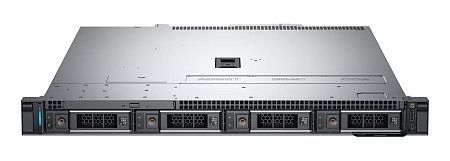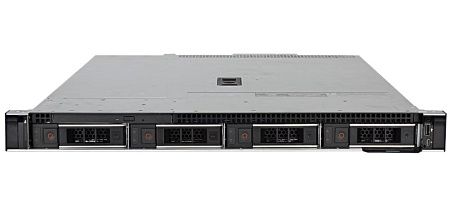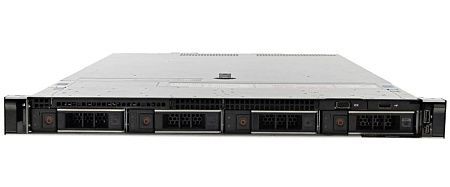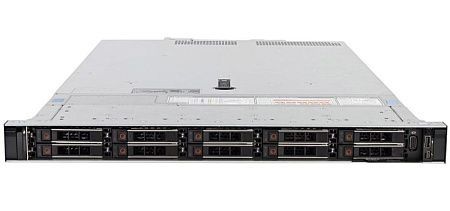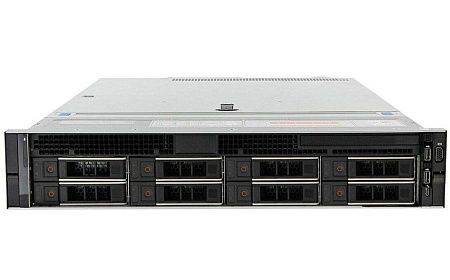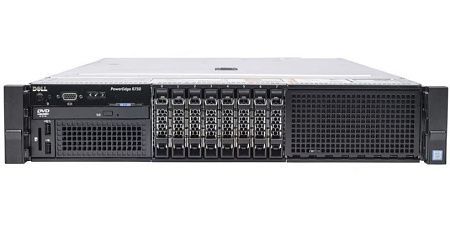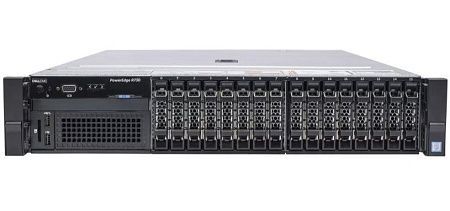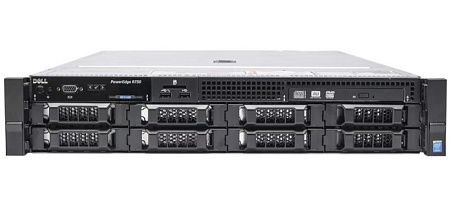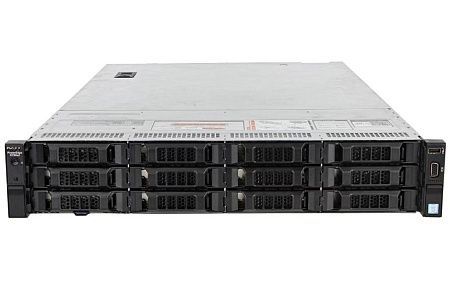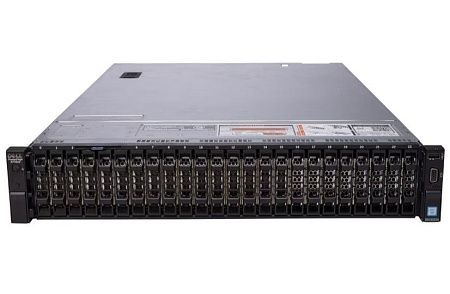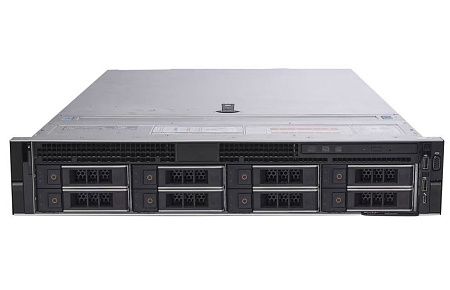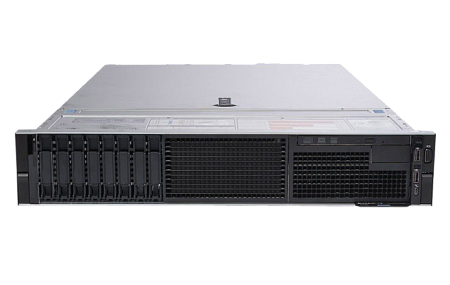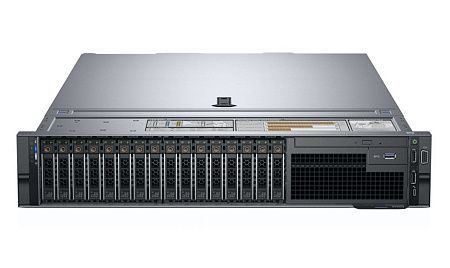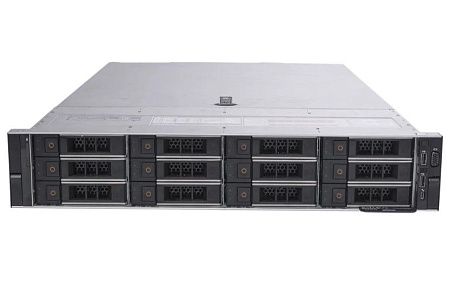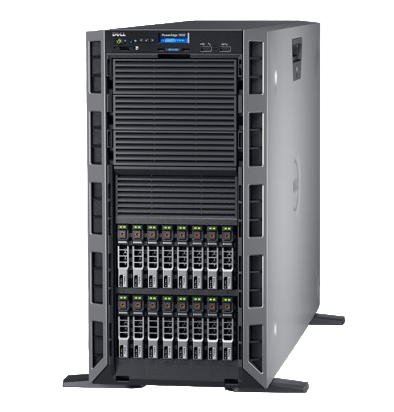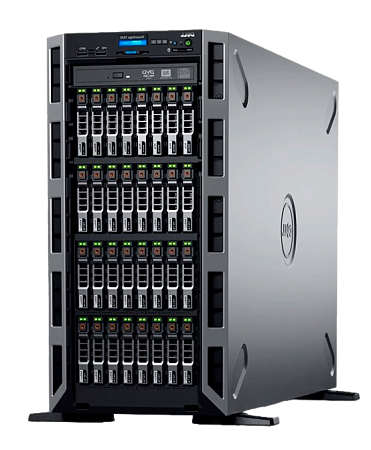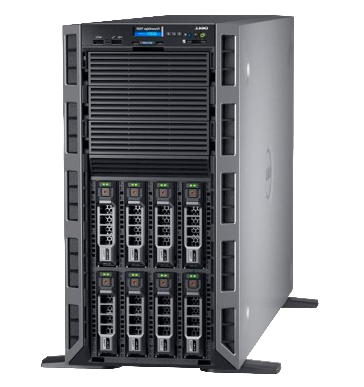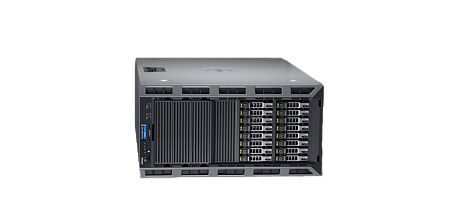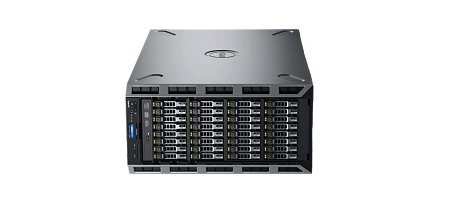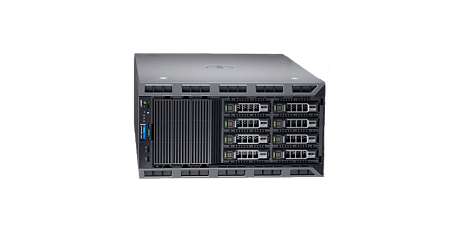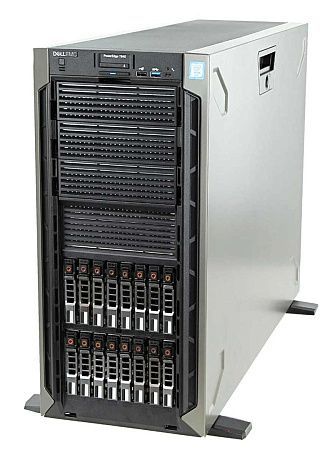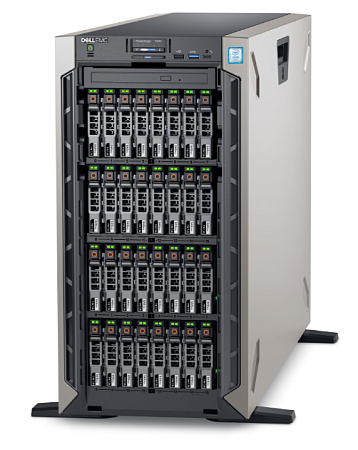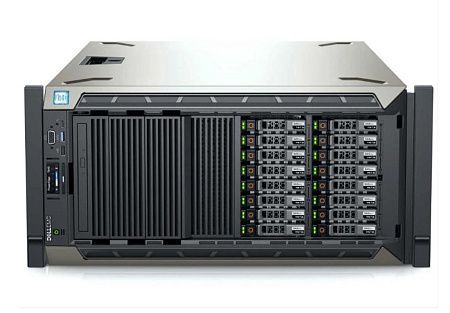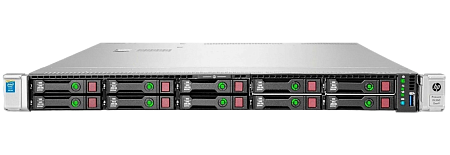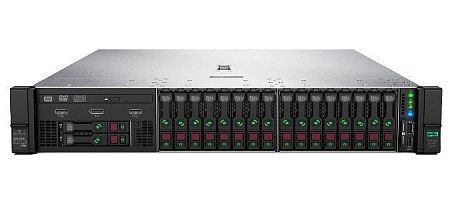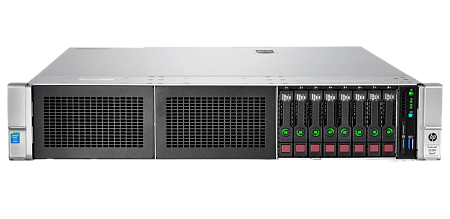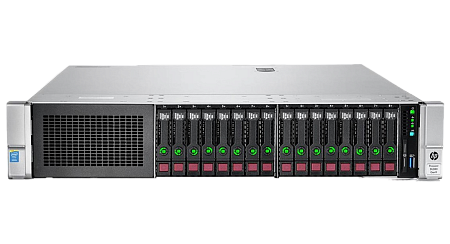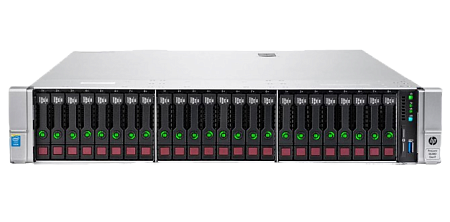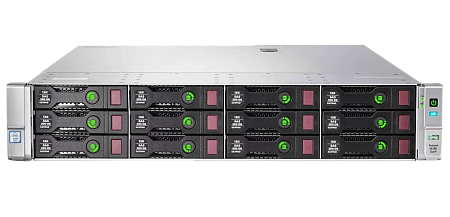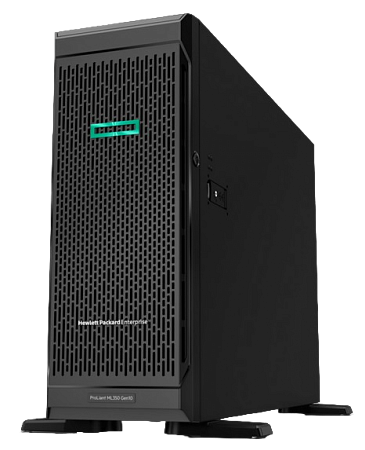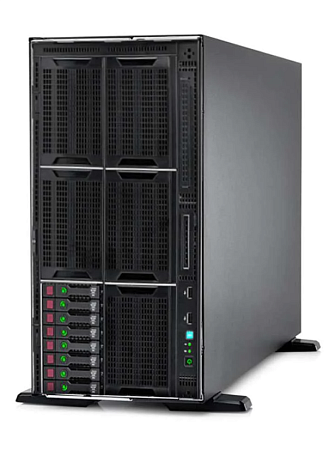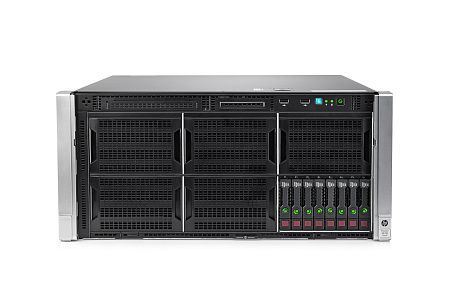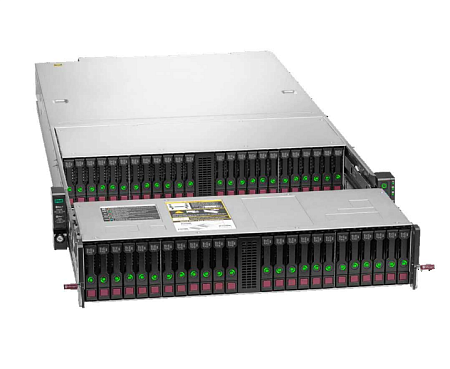Client-server architecture is a special model for managing computer systems. Tasks here are distributed between clients and servers. A request for server resources and services is made by the client (program or user). In response to a request, the server provides the necessary information or functionality.
Client-server Architecture Features
Client-server architecture is quite often used as a model for creating network applications. Two main components of the model interact – client and server interact through the network connection.
Main features of client-server architecture:
- Using open standards for data exchange and communications, this model provides interaction with a wide variety of technologies, programs and platforms.
- Separation of functions: it gives an ability to distribute the load between the client and server as efficiently as possible, speed up request processing and improve scalability.
- Centralized management: important information about the resources that are provided to clients is under the control of the server. This leads to improved data security policies, as well as a simplified system management process.
- Reliability: by effectively distributing the load among servers, a client-server architecture can improve system reliability.
- Scalability: horizontal and vertical scalability is ensured by connecting new clients and servers. This allows the system to quickly adapt to possible changes and user needs.

Elements of Client-server Architecture
Next, we are going to consider the components of the client-server architecture:
- Servers: devices that send users the necessary information and also perform other functions: calculations, data storage, request processing.
- Clients: applications, programs, users who send a request for required service or information.
- Network: This is the infrastructure that provides connection between servers and clients using data exchange protocols. Networks can be wide area (WAN) and local (LAN).
- Data exchange protocols: these are special rules or instructions that define the connection between clients and servers when exchanging information. Most common protocols: TCP/IP, HTTP/HTTPS, SMTP, POP3, IMAP.
- Database: this is a special space for storing information that allows the server to efficiently distribute and retrieve data upon client request.
- Data storage and processing: database management systems (DBMS), server operating systems, as well as many components that make the client-server architecture operation more efficient.
- Security system: designed to protect data from external and internal factors (protection against unauthorized entry, client authentication and authorization, data encryption).
Areas of Using Client-Server Architecture
- Internet of Things (IoT): client devices communicate with the server for monitoring and control processes.
- Web development: websites and web applications also use client-server architecture to display the user interface and receive data (executed by the client app).
- Network applications: it is possible to perform various operations as a result of interaction between the client application and the server.
- Mobile applications: client-server architecture is also used in this field for data processing and many other processes.
- Cloud computing: in this case, client-server architecture is required to store data on remote servers as well as to gain access to remote computing resources.
- Games: client-server architecture is often used in online games. to control the game process and exchange the necessary information, the player client application and the game server interact here.
Client-Server Architecture Types
-
CSA with two-level architecture. Two subtypes can be noted here:
- CSA with thin client – the server is responsible for performing most of the application's work while the client presents the user interface and required data.
- CSA with a thick client – primary tasks are performed by the client, regardless of the server. And only certain requests from clients are processed by the server.
- CSA with three-level architecture. This type involves dividing the application logic into three components – server, client side, database. First, the client side sends requests to the server. Next, to receive or save data, the server makes a request to the database.
- CSA with multilevel architecture. This type of architecture divides data processing tasks into individual servers to use the computing power of servers more efficiently and, as result, improve the performance of the entire IT system. Processed requests from clients are passed between different levels of the client side.
Client-Server Architecture Advantages
- Security: providing access control and data protection. This gives the client-server architecture a security advantage over other IT architectures.
- Scalability: this architecture feature allows you to increase the number of processed requests as well as significantly improve system performance.
- Reliability: if any component fails, the overall operation of the system will not be affected.
- Centralized Management: allows you to quickly update and easily modify the system.
Client-Server Architecture Disadvantages
- Limitation: network bandwidth and the number of simultaneously connected clients are limited, which may result in a reduction in the number of processed requests.
- Server Dependency: without a server, the client cannot work, that means the inability of clients in case of any server failures.
- Network Dependency: system operation may be limited due to network problems. To avoid this, you need a constantly working network connection.
- Infrastructure costs: client-server architecture requires network and server equipment, which can cost a lot of money.
Conclusion
As practice shows, servers process large amounts of data, as they are more powerful and secure devices. Clients perform fewer functions. For more efficient use of information resources, client-server architecture divides tasks between clients and servers.
As a result, client-server architecture allows users to securely and quickly access the necessary data and server resources, and also ensures the reliability and high level of network apps operation.
Specialists of our company are ready to help you purchase the server and select the necessary server configuration for any required task.


